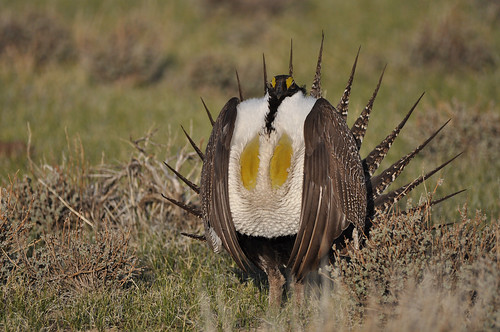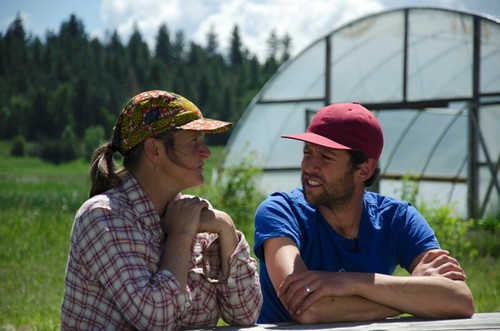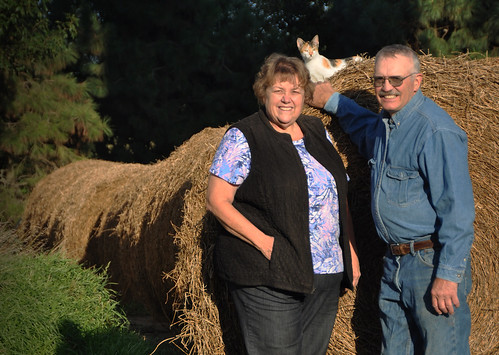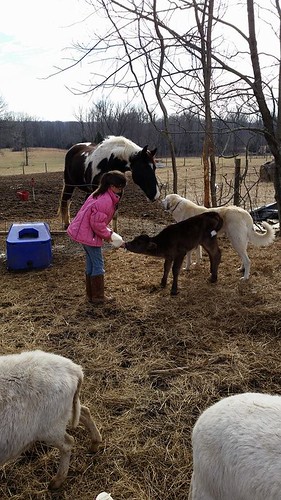2015 was a banner year for voluntary conservation efforts in the United States. Whether protecting the farmlands, grasslands and wetlands with partnership efforts and conservation easements, helping new farmers get started with conservation on smaller scale farms or providing conservation solutions for organic, transitioning-to-organic and conventional farms or ranches across the country, the USDA Natural Resources Conservation Service celebrates the voluntary, private-lands conservation efforts of the partners, farmers and ranchers. Together they represent some of the strongest stewards of the American landscape. Here are five 2015 stories that highlight a big year for conservation:
1. Unprecedented Collaboration to Save Sage-Grouse is the Largest Wildlife Conservation Effort in U.S.
More than 1,100 ranchers across eleven states partnered with the Department of the Interior, USDA and many western governors in the largest landscape-level conservation effort in U.S. history.

2. New Farmers’ Legacy for the Land
Some people leave a legacy for their children. Cameron Green and Eric Wittenbach plan to leave theirs to Mother Nature in Okanogan, Washington.

3. Montana Soil Conservationist, Organic Farmer Work Together to Reach Goals
Building lasting relationships goes hand-in-hand with getting conservation on the ground. So, when Ben Ferencz and Julie Pavlock of Foothills Farm in St. Ignatius were interested in expanding their farm, they reached out to me about available NRCS programs.

4. Powered by Diversity and Healthy Soil, an Organic Iowa Farm Flourishes
In many respects, Ron and Maria Vakulskas Rosmann’s “Farm Sweet Farm” is a typical Iowa farm. The Rosmann’s grow corn, soybeans, cattle and hogs. But that’s where the similarities with traditional farming operations end.

5. A Dream of Farming Becomes a Reality for this Kentucky Farm Mom
Wife, mother and farmer—Emily Diamond and her family own and operate the Diamond Family Farm in LaGrange, supplying meat for her family and the surrounding community through Community Supported Agriculture (CSA).

